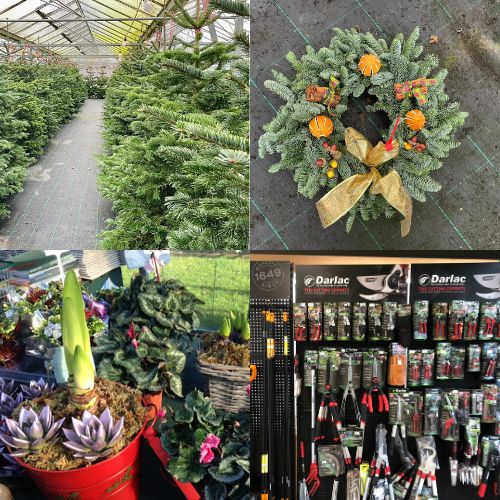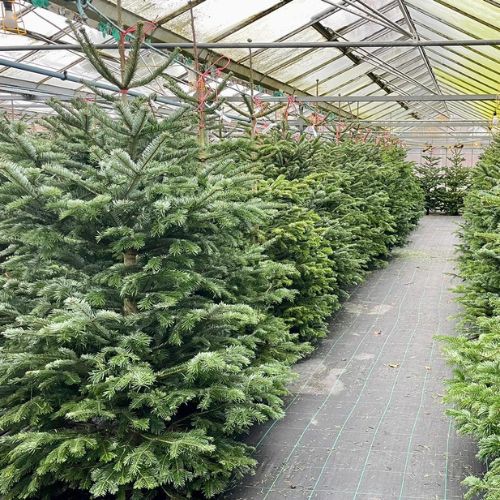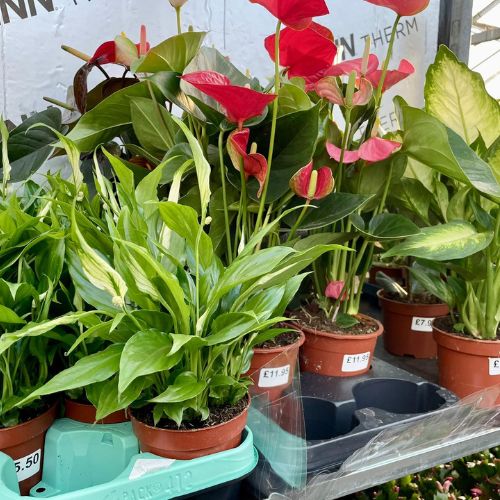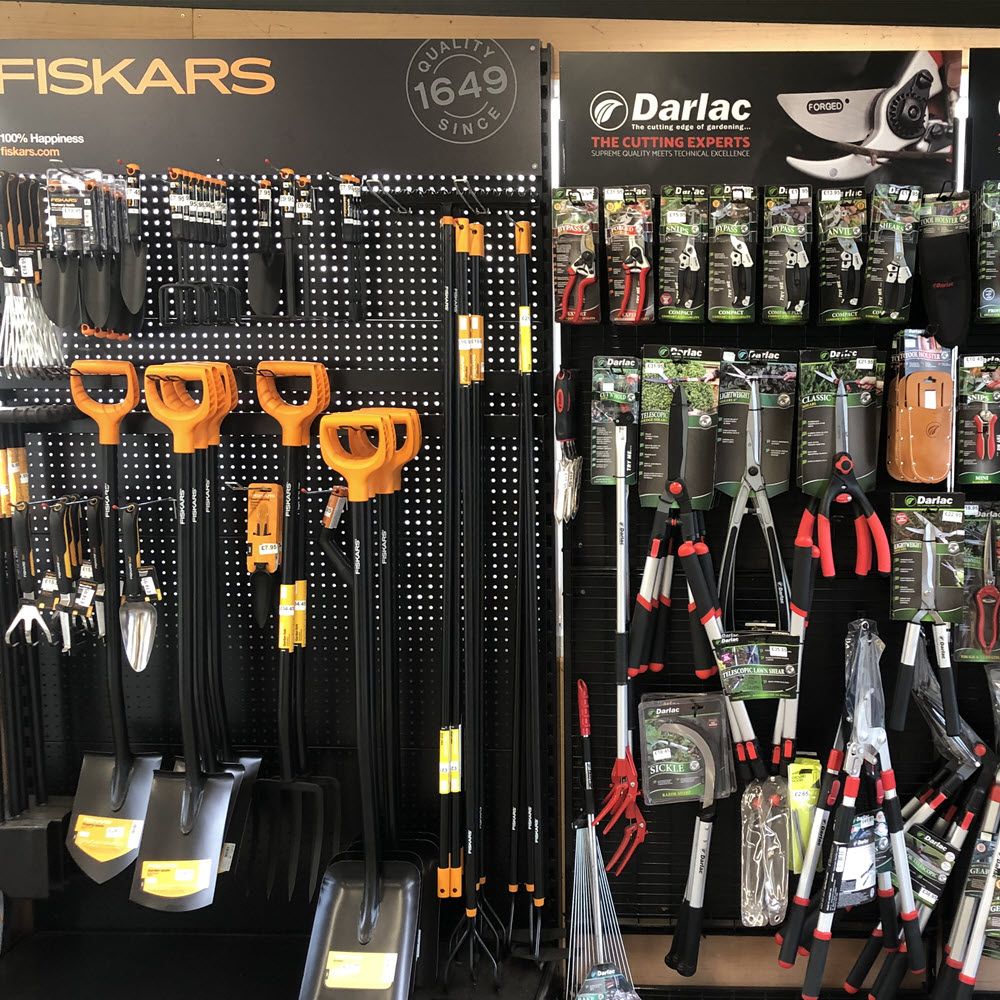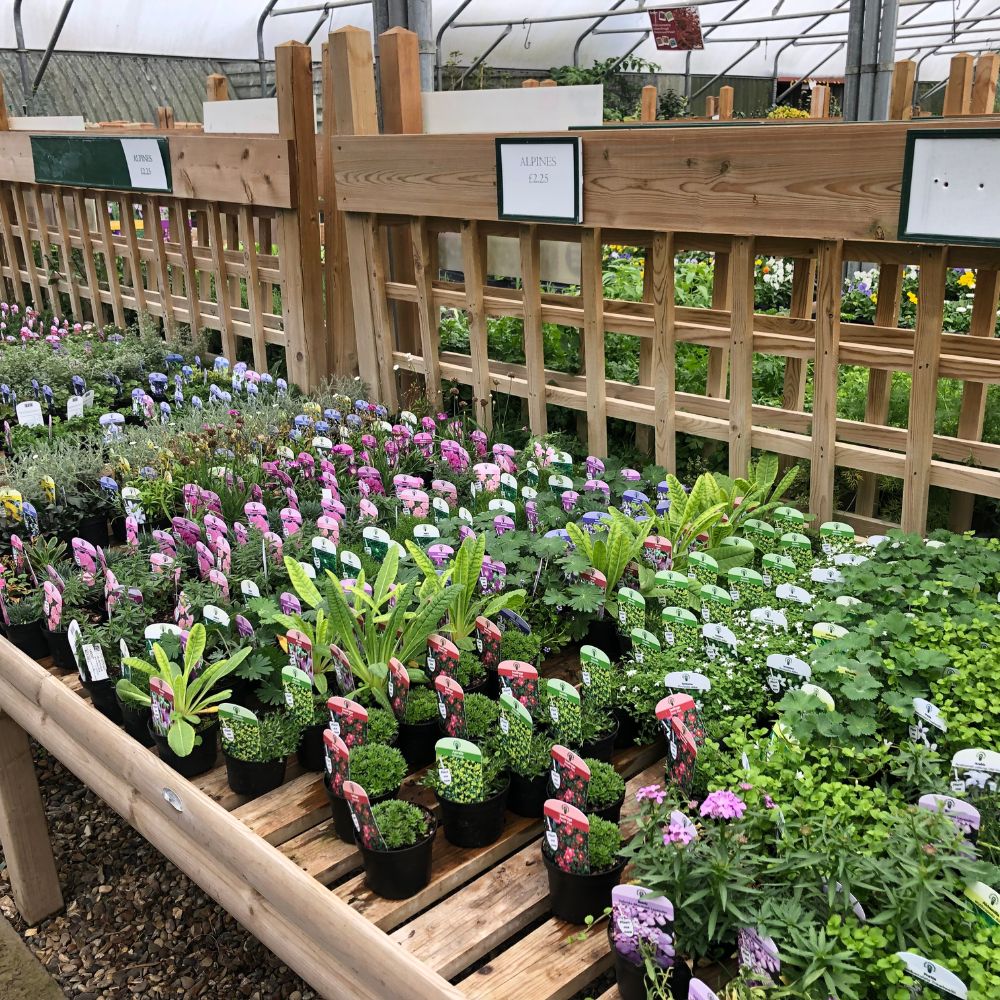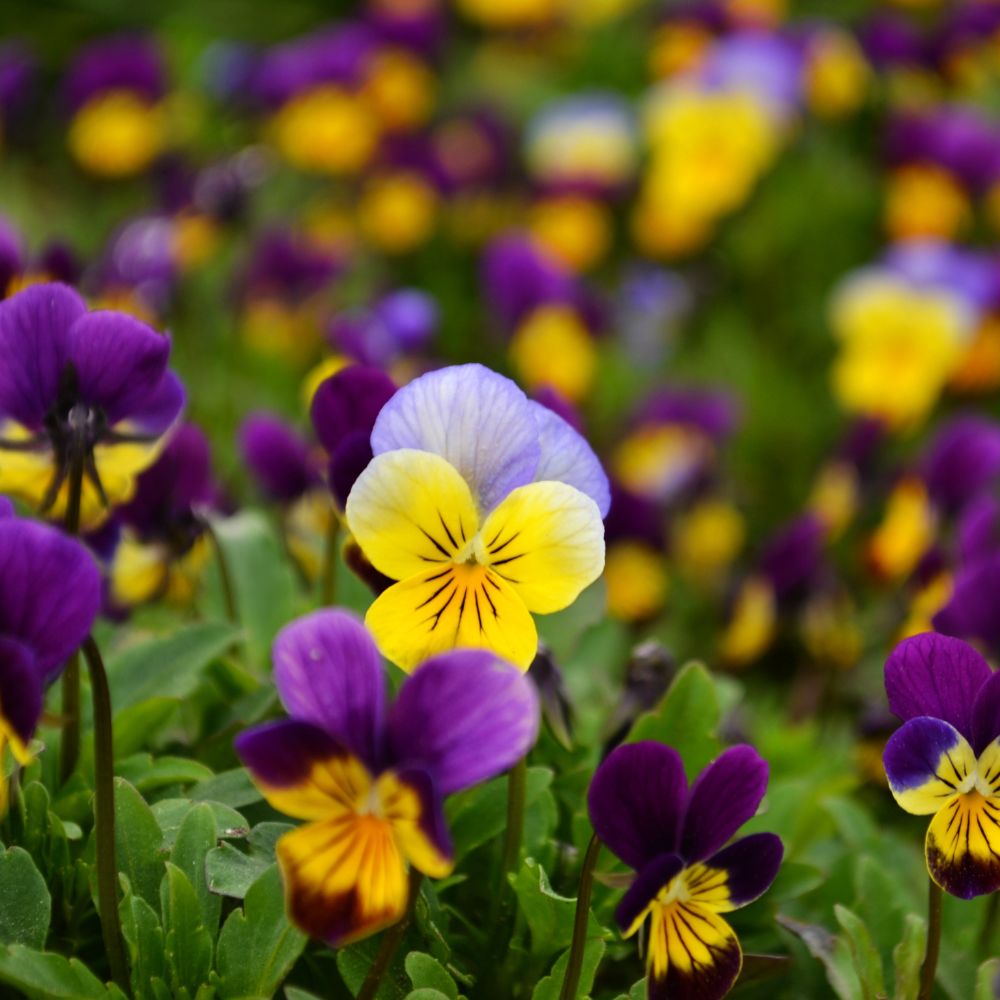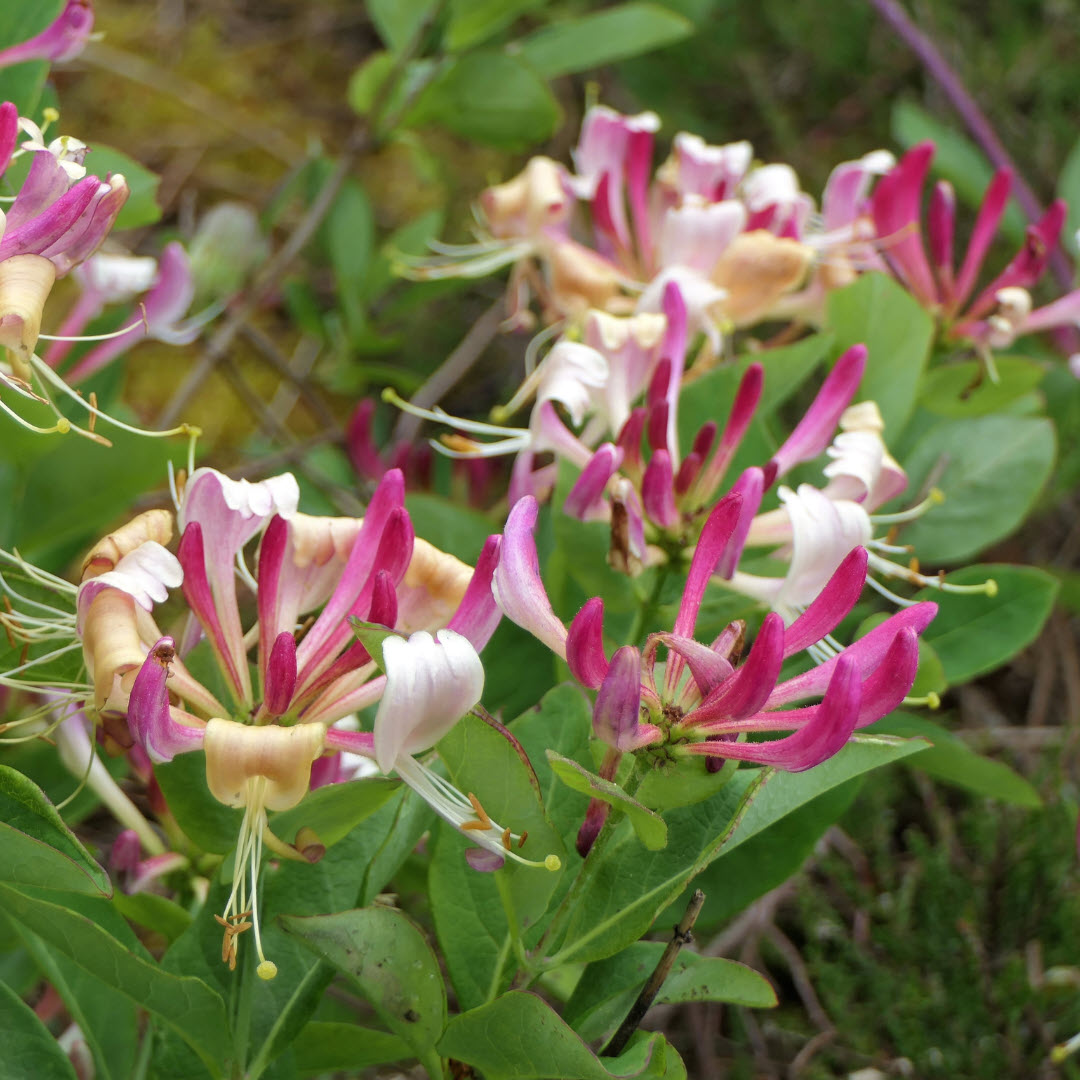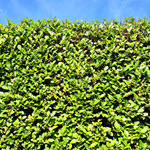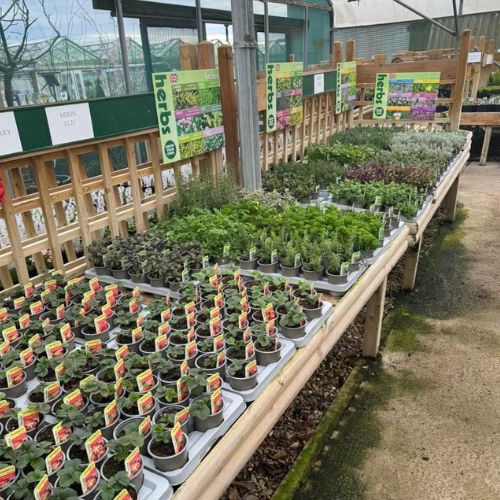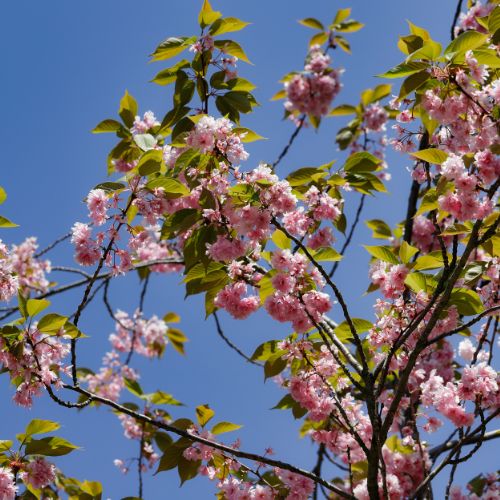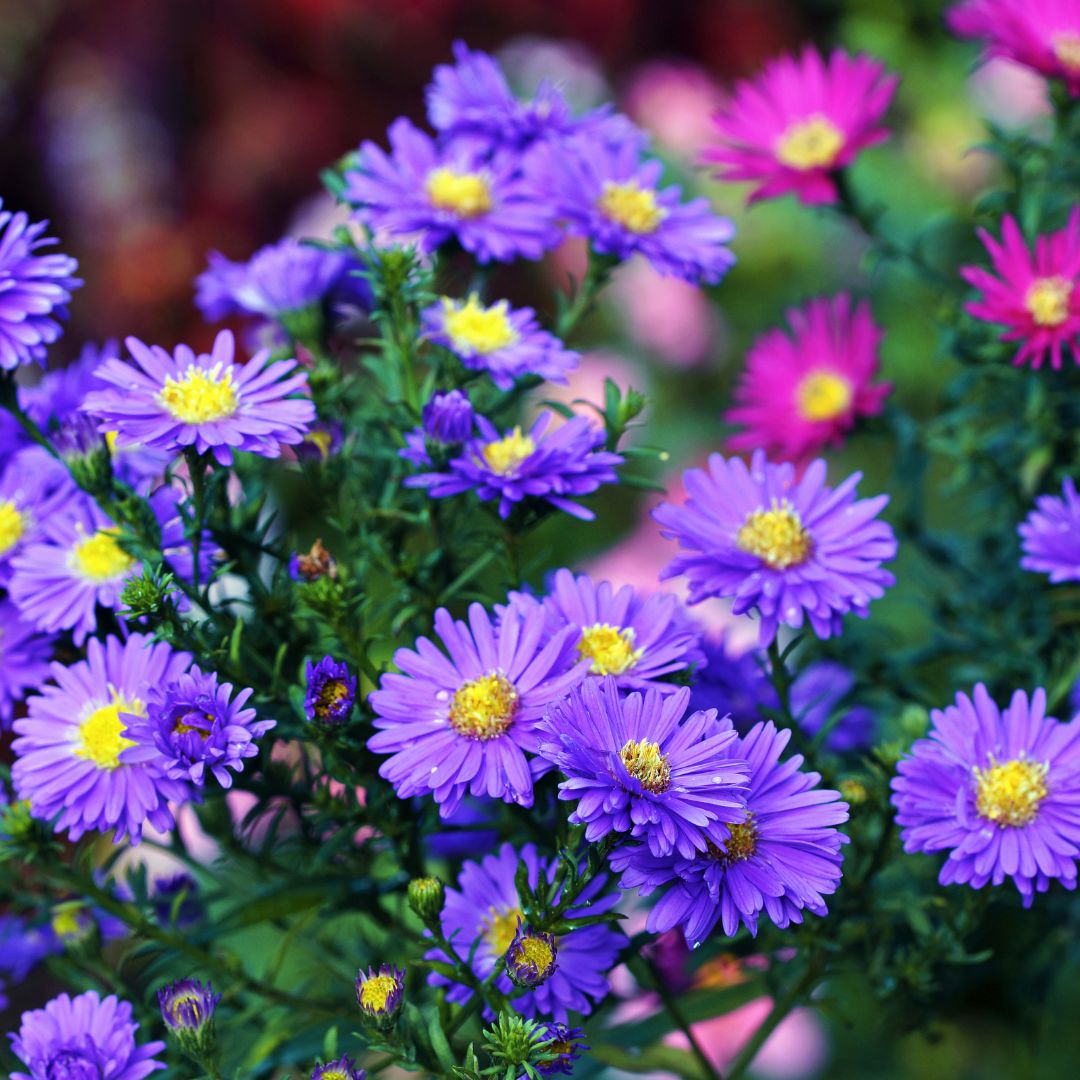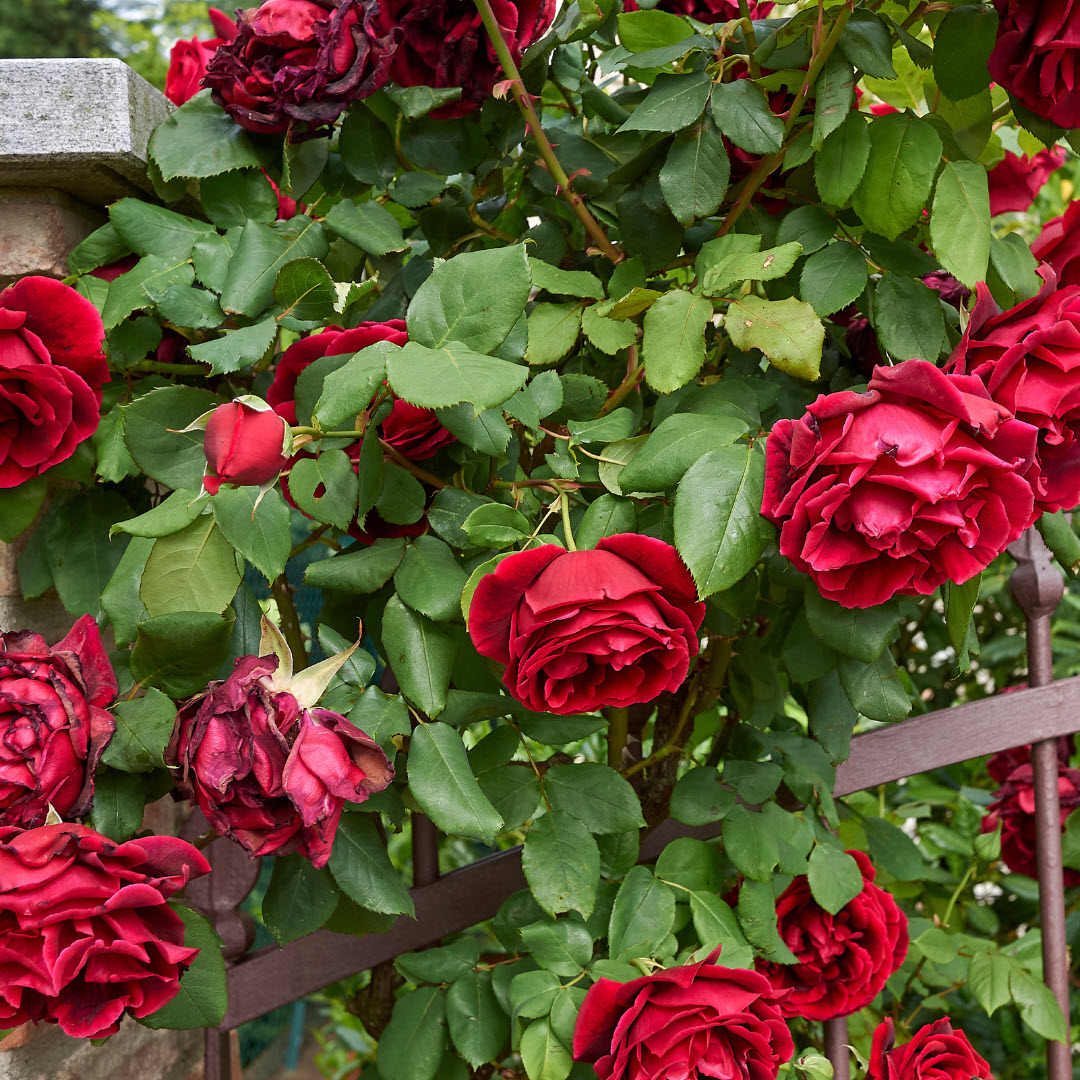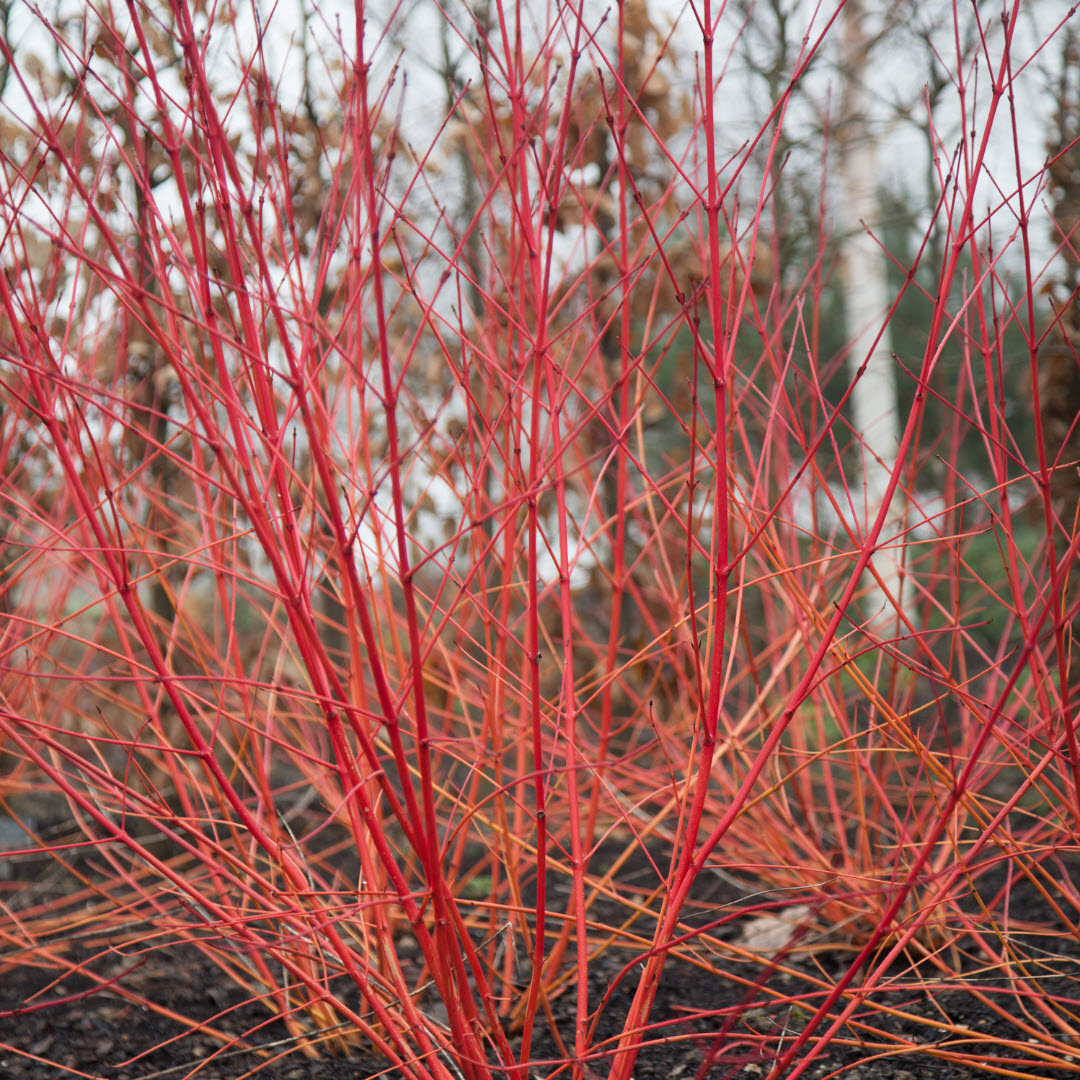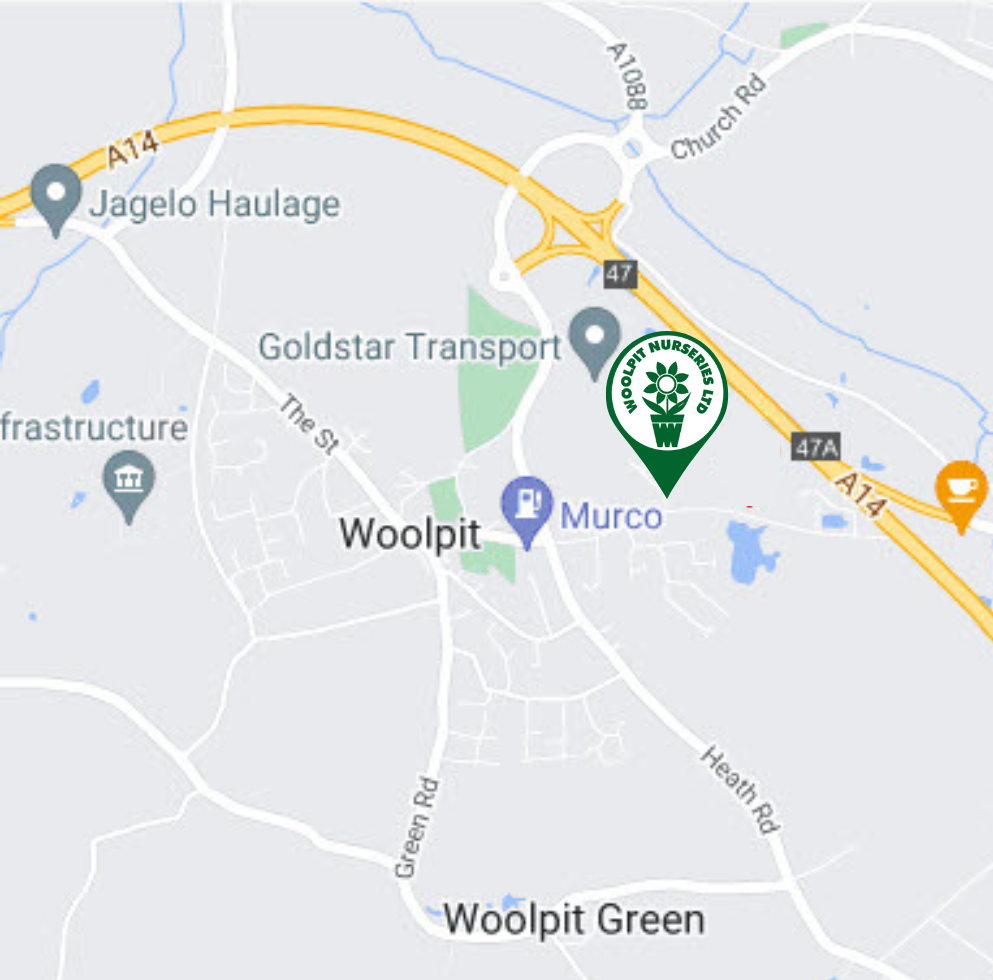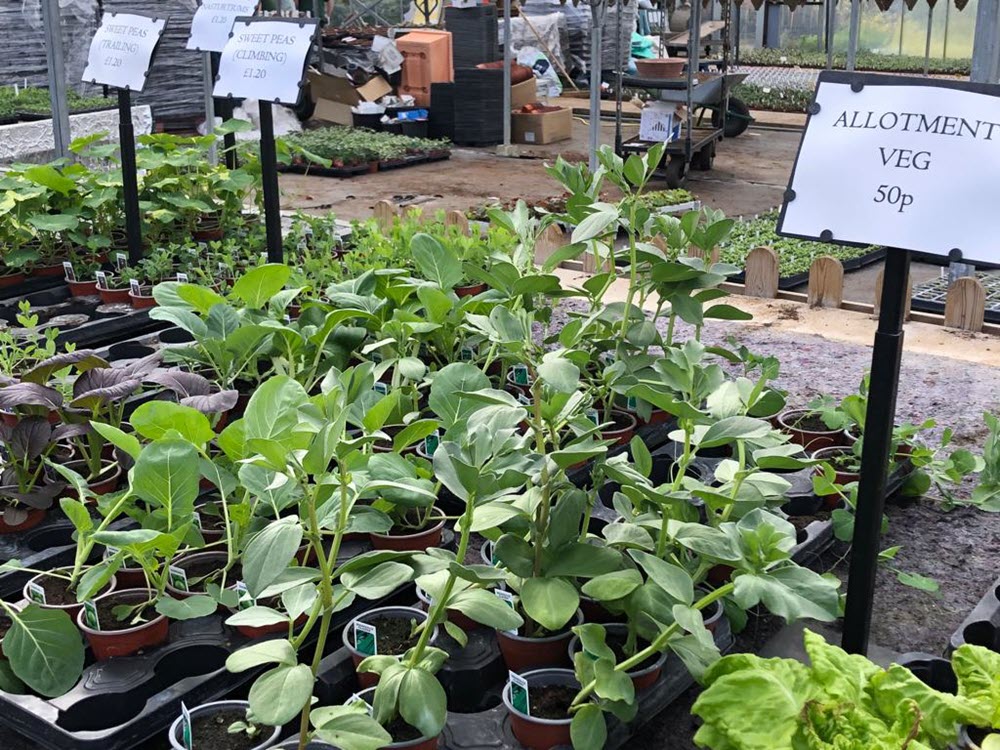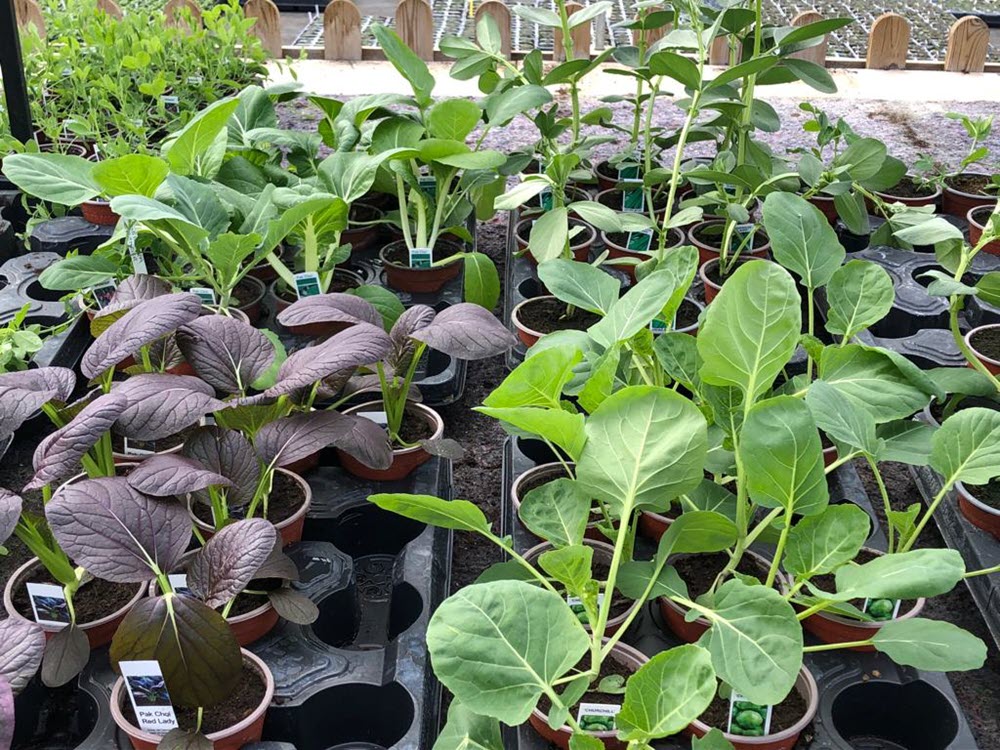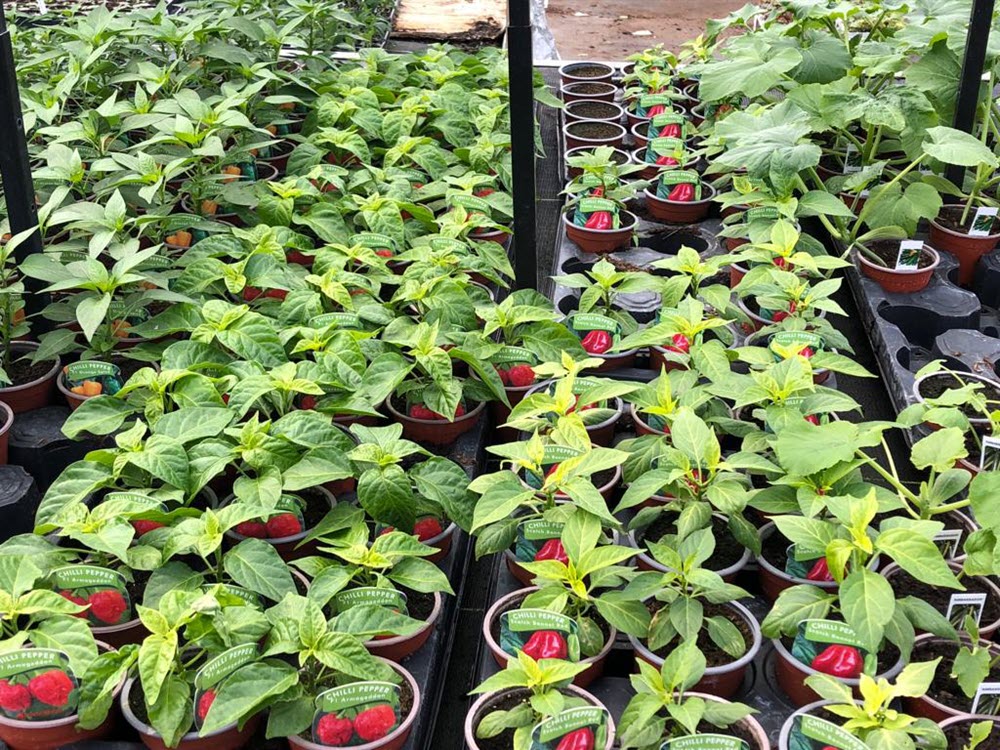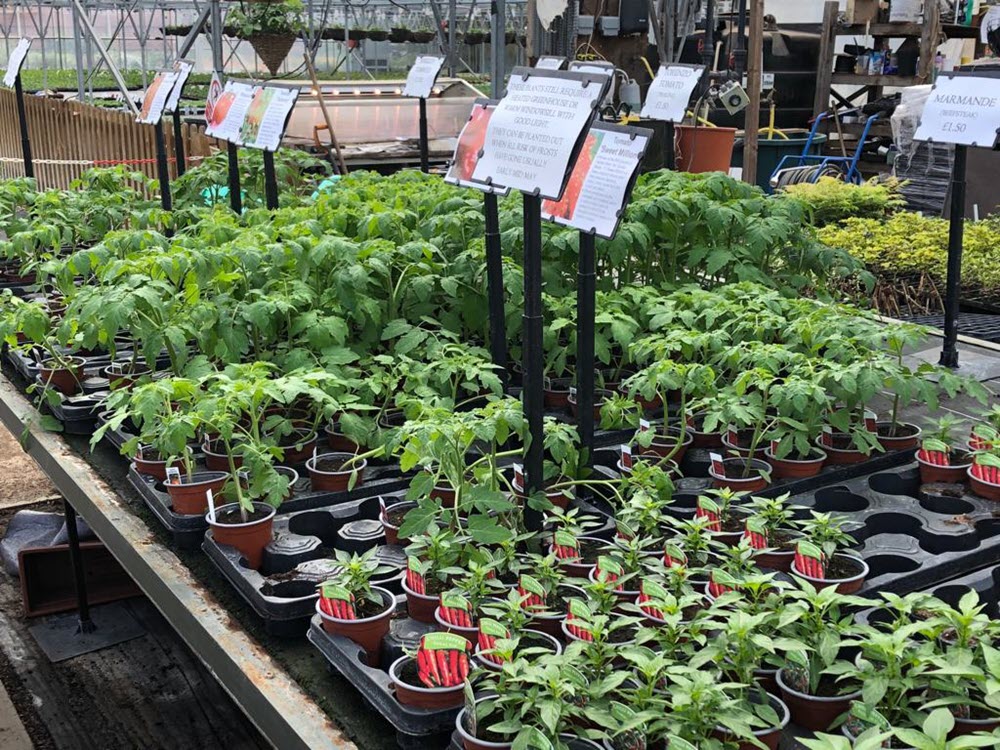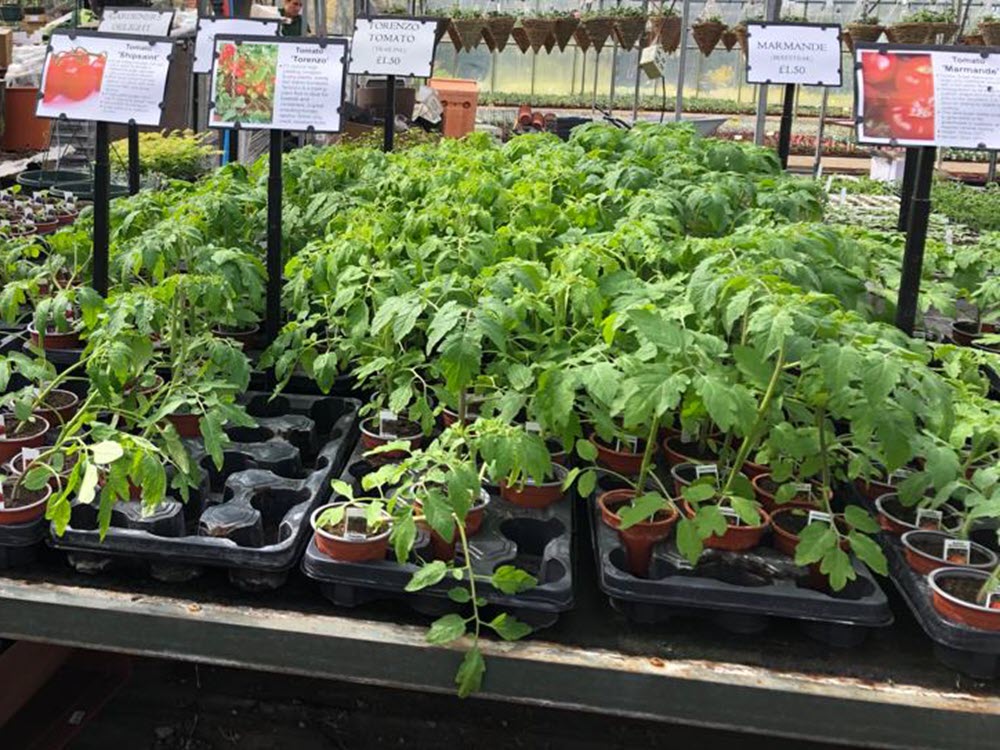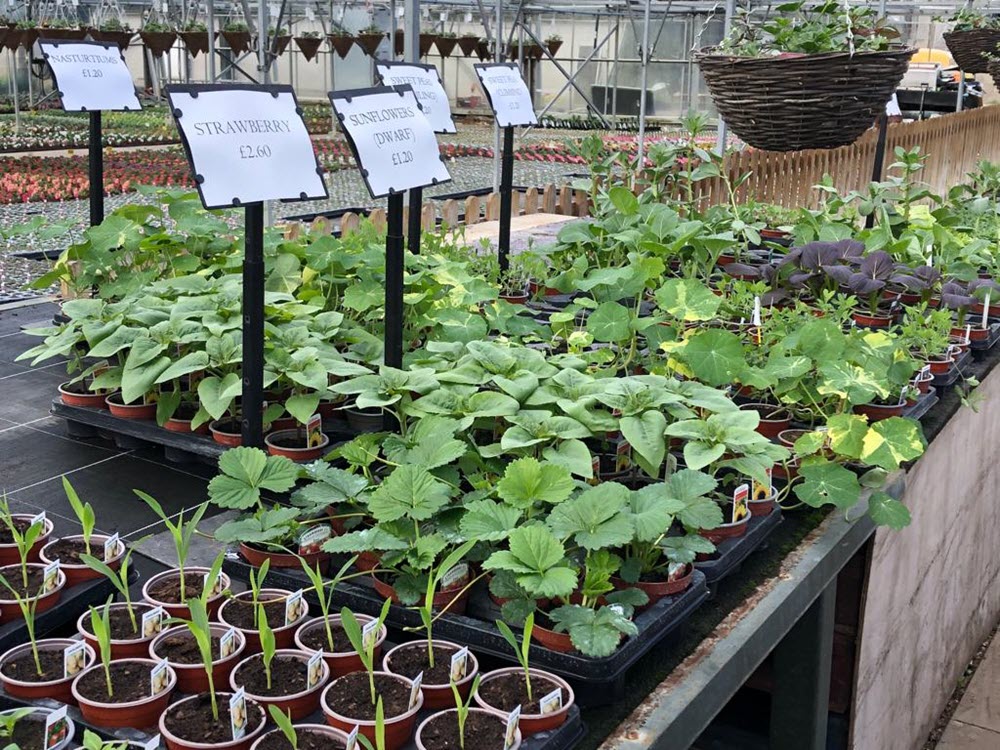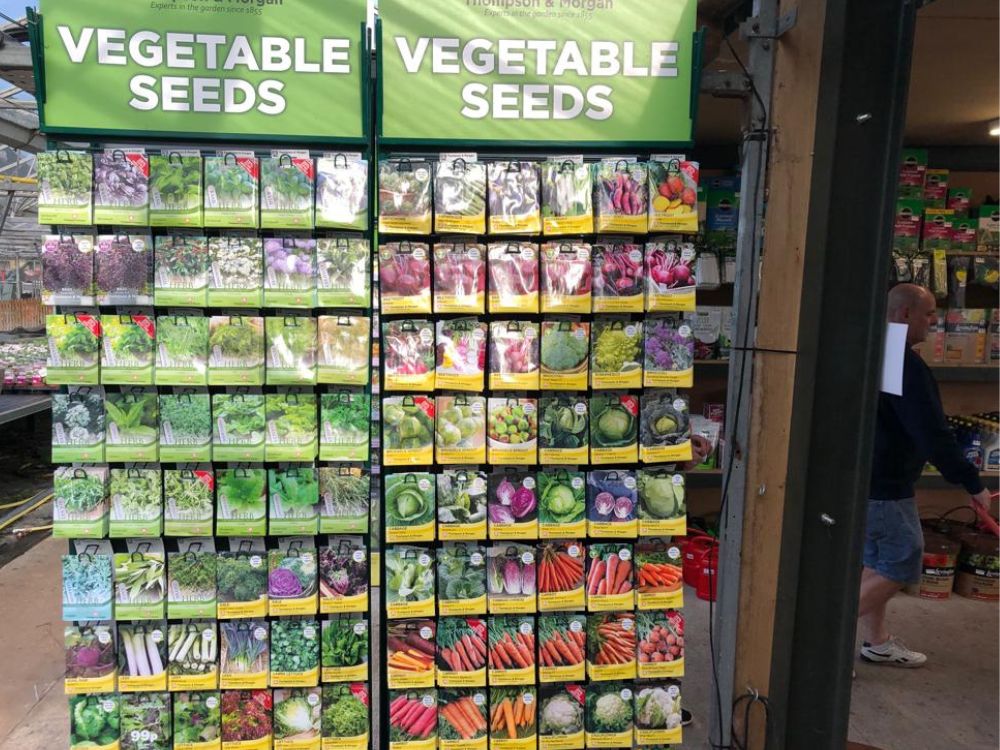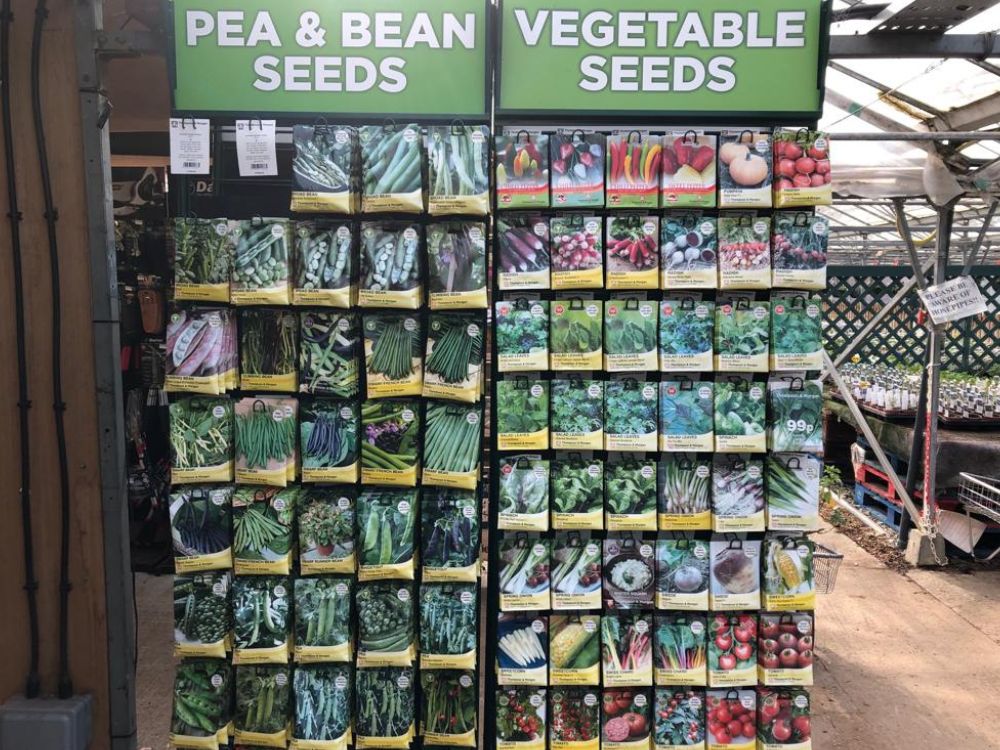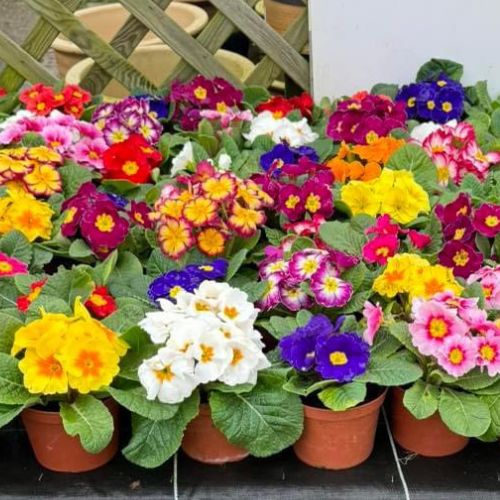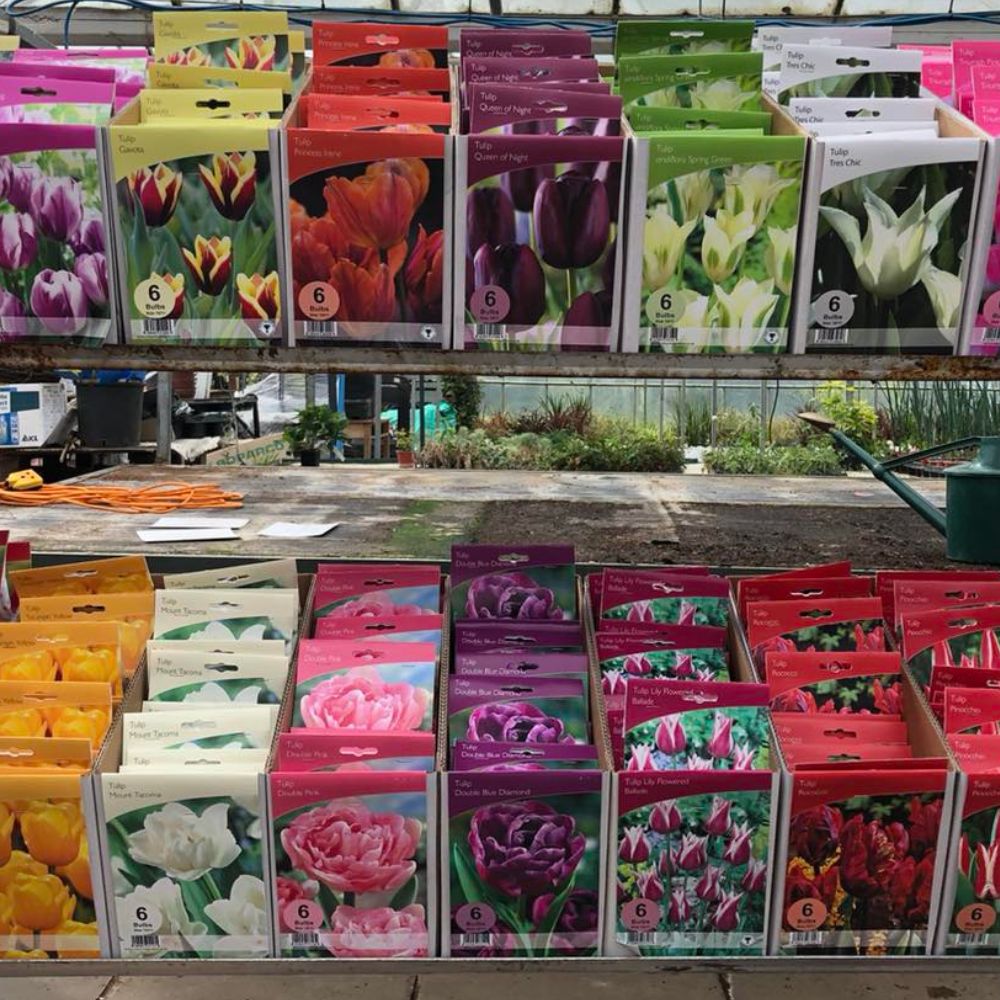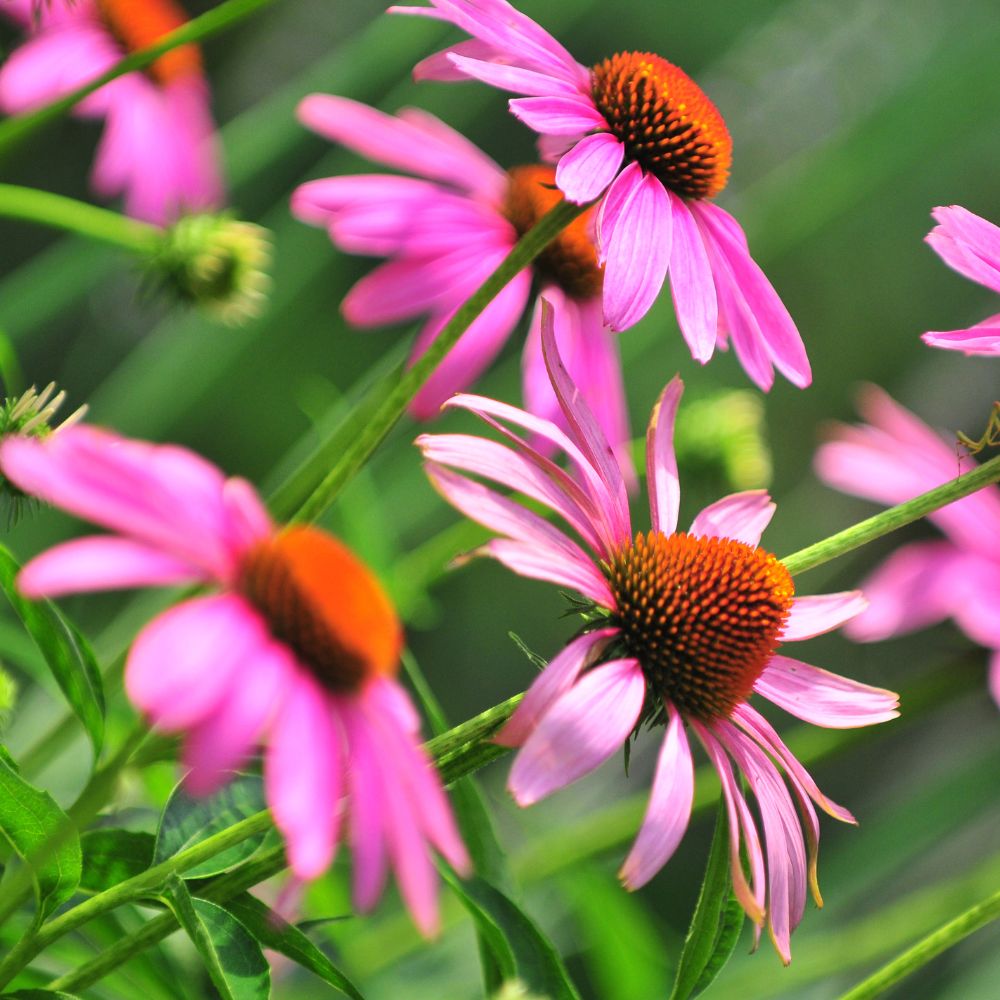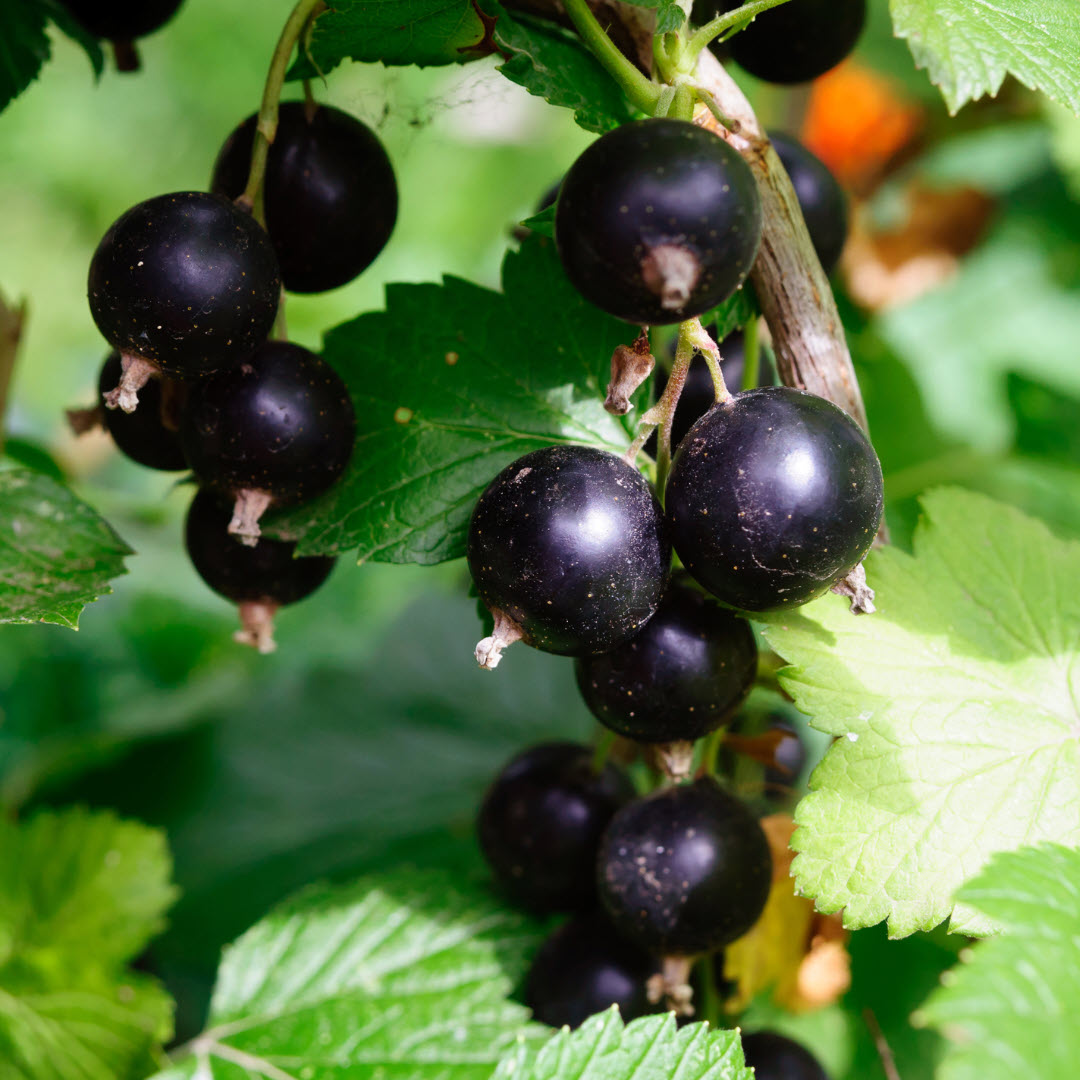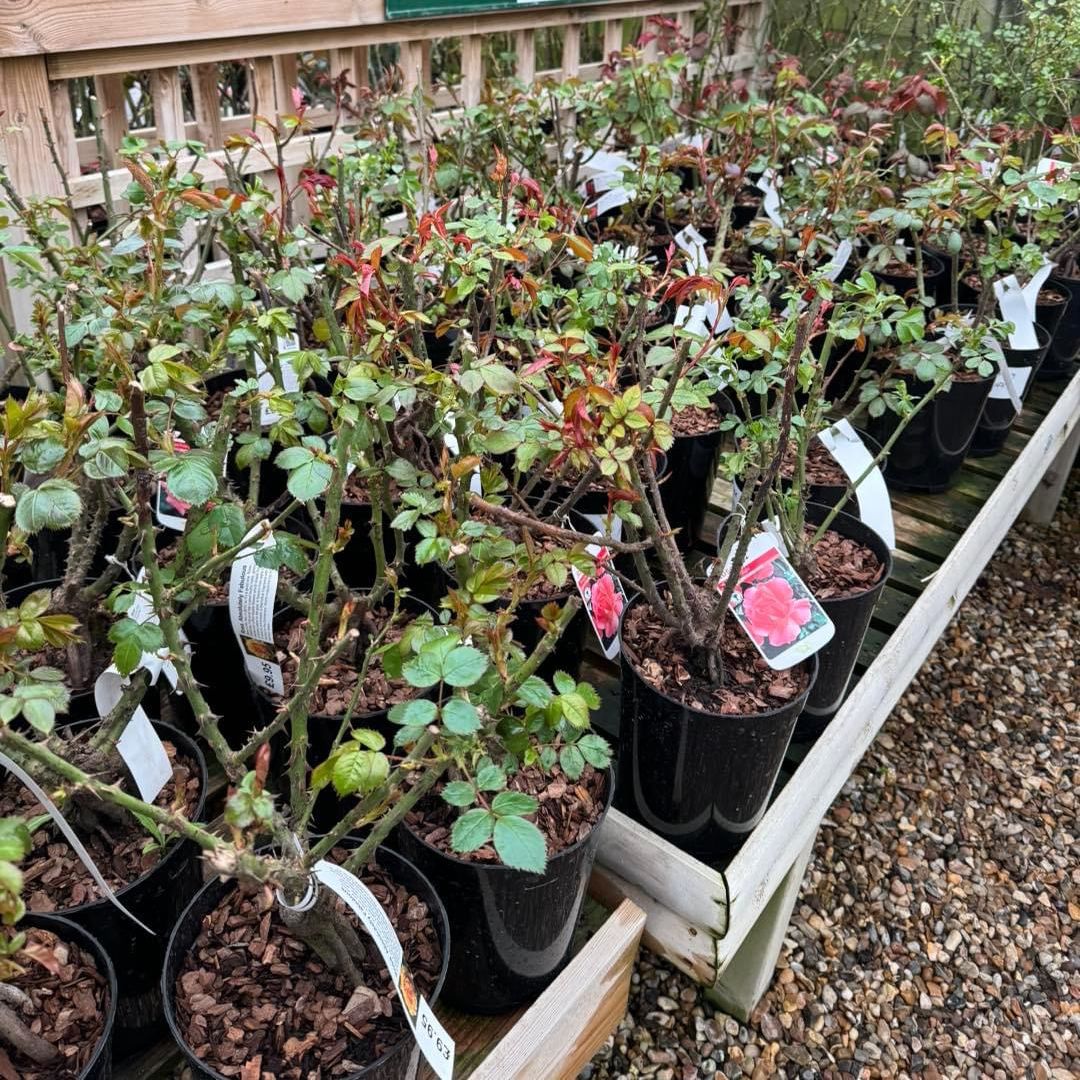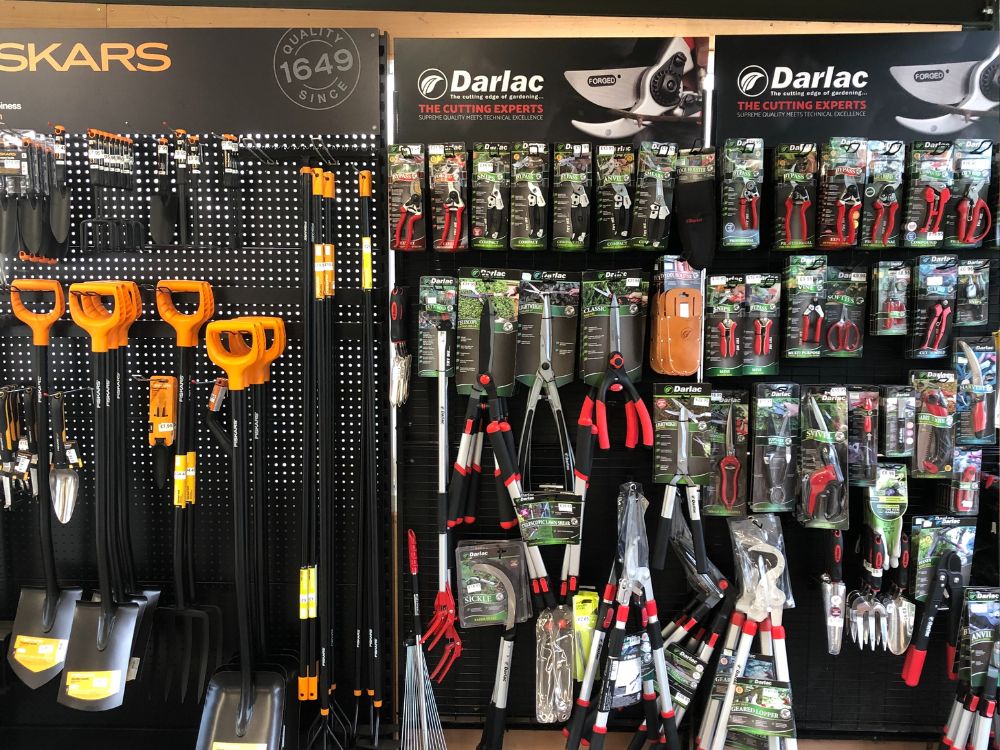Buy Vegetable Plants: Grow Your Own Fresh Produce with Woolpit Nurseries
Discover the Joy of Fresh, Homegrown Vegetables
Experience the delight of fresh, homegrown produce with quality vegetable plants and allotment plants for sale from Woolpit Nurseries. Our selection is your gateway to a bountiful harvest.
At Woolpit Nurseries, you can find a wide variety of vegetable plants to grow in your own garden or allotment. From courgettes and pak choi to brussel sprouts, corn, and tomatoes, there’s something for everyone. You can even start from scratch with a packet of vegetable seeds, including peas, beans, leeks, onions, and more. Whether you’re an experienced gardener or just starting out, our ready-to-go vegetable plants will make it easy to get started.
At Woolpit Nurseries, you can select vegetable and allotment plants that are appropriate for outdoor planting, waiting until the frosts have passed, which is usually in early to mid-May in Suffolk. Additionally, you can purchase compost, bedding plants, perennials, trees, and patio containers during the same visit.
Quality Vegetable Plants and Allotment plants to Buy at Woolpit Nurseries
Here is a snapshot of some of the vegetable and allotment plants for sale at Woolpit Nurseries. Please note that these plants are only available for purchase during the optimal planting times of May and June, and availability is subject to sales. As always, if you are struggling to find something, we are happy to help.
Visit Woolpit Nurseries – Shop In Person
Find us just off the A14 near Woolpit, between Bury St Edmunds and Stowmarket. Browse fresh stock, get friendly local advice, and choose the best plants for your space.
No online sales – visit in person.
Beginner’s Guide to Growing Vegetables: Top Vegetables to Start With
Starting your own vegetable garden can be a fun and healthy activity, but it can also be overwhelming if you’re not sure where to begin. Deciding which vegetables to grow can be challenging, with questions like “should I start with onions or beans?” or “asparagus or courgettes?”
While it’s important to grow vegetables that you enjoy eating, it’s also wise to consider the ease of growing each crop. For instance, aubergines can be quite challenging to grow, so it might be better to wait until your second year of gardening before attempting to grow them. Opting for crops that require minimal maintenance, have a short growth period, and are relatively resistant to pests and diseases is a good idea. Some examples of such crops include potatoes, radish, rocket, beetroot, beans, courgettes, and chillies.
From Plot to Plate: Choose Woolpit Nurseries for the Finest Vegetable Plants to Buy
Are you ready to enjoy home grown foods? Look no further than Woolpit Nurseries for a delightful journey into the world of vegetable plants to buy.
Imagine the satisfaction of savoring your very own home-grown vegetables, bursting with flavor and goodness. With our carefully nurtured and high-quality selection, you can experience the joy of cultivating a thriving kitchen garden.
From vibrant salads graced by your own salad leaves to hearty stews enriched with home-grown beans, each bite tells a story of dedication and passion. Discover the art of sustainable living, reduce your carbon footprint, and enjoy the benefits of fresh, organic produce – all nurtured from the comfort of your garden.
At Woolpit Nurseries, we take pride in empowering you to create an abundant oasis of flavours right at home. Join us on this journey and experience the satisfaction of cultivating your own delicious, home-grown vegetables.
Garden Plants & Products to Buy at Woolpit Nursery
BUY PLANTS - SAVE MONEY!
Small Perennials £3.45 each or 4 for £12
Large Perennials £4.95 each or 4 for £18
2ltr Shrubs £8.95 each or 3 for £24
5ltr Shrubs £12.95 each
Grasses/ Heucheras, Ferns, Hellebores, Hebes £9.95 each or 2 for £18

